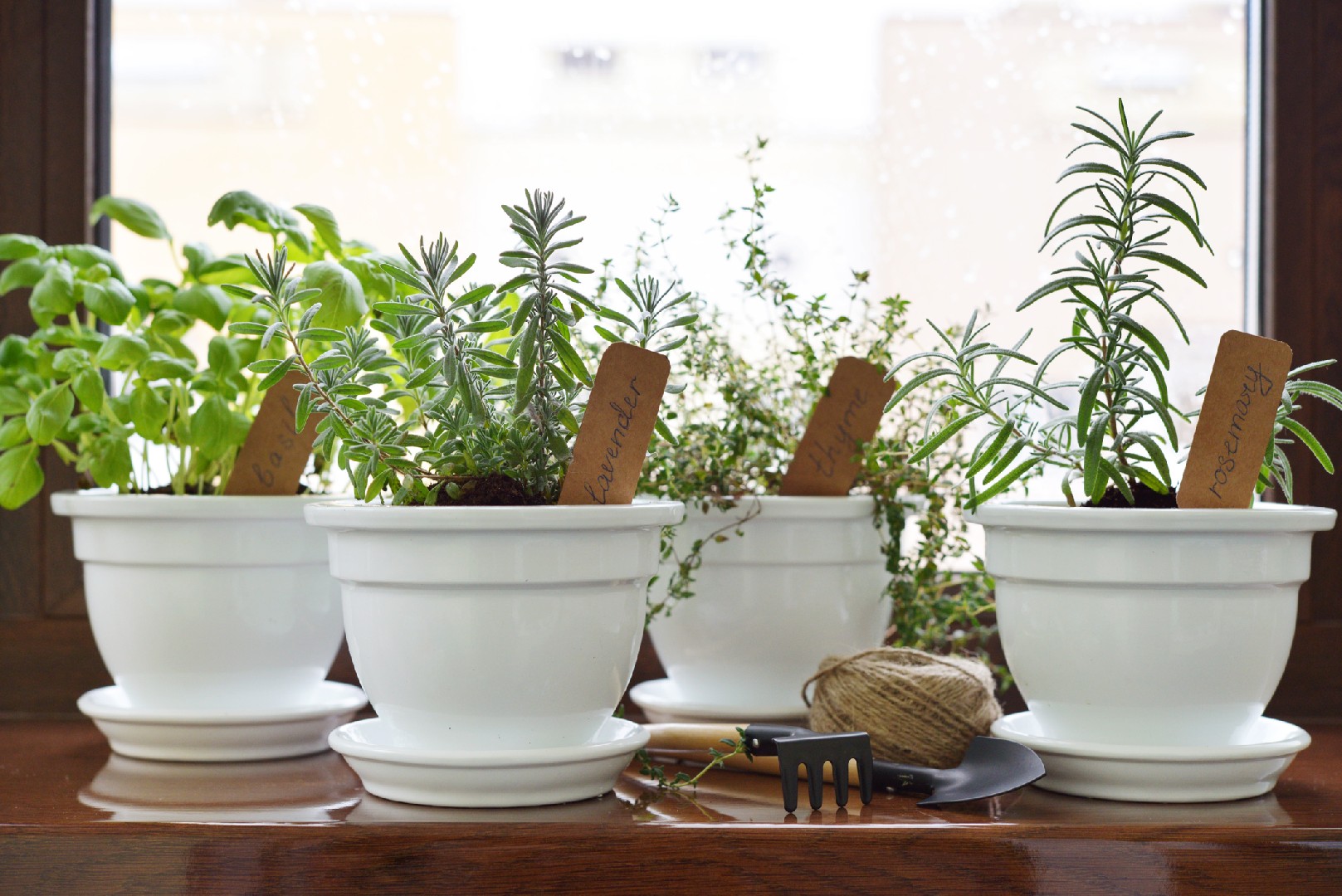![Rectangle]()
Quenching the Thirst: Mastering Watering Techniques
Watering your indoor herb garden is crucial to ensure the health and vitality of your plants. By learning the optimal watering needs for various herbs, understanding the role of indoor humidity in herb watering schedules, and knowing how to avoid overwatering and diagnose common signs of water stress, you can thrive at indoor herb gardening with confidence and success.
When it comes to watering your indoor herbs, it's essential to understand that different herbs have different moisture requirements. While some herbs, such as basil and parsley, prefer consistently moist soil, others like rosemary and thyme thrive in drier conditions. By familiarizing yourself with the specific watering needs of each herb in your garden, you can ensure they receive the optimal amount of water.
Indoor humidity also plays a crucial role in herb watering schedules. Herbs that prefer more humidity, such as mint and cilantro, may require more frequent watering or a humidifier placed nearby. On the other hand, herbs that thrive in drier conditions, like lavender and oregano, may benefit from less frequent watering or a dehumidifier to maintain the right moisture balance.
Overwatering is one of the most common mistakes made in herb gardening. It is important to avoid saturating the soil and drowning your herbs. Start by checking the moisture level of the top inch of soil using your finger. If it feels dry, it's time to water. Additionally, ensure that your pots have proper drainage to prevent water from pooling at the bottom. You can also use a well-draining potting mix that allows excess water to flow away from the roots.
Recognizing signs of water stress in your herbs is crucial to prevent under-watering and over-watering. Drooping leaves, yellowing or browning of foliage, and wilting are common signs of both overwatering and under-watering. However, the causes behind these symptoms can differ. When in doubt, check the moisture level of the soil before making watering decisions.
To prevent overwatering, it's advisable to water your herbs deeply but infrequently. This allows the roots to establish and grow deeper into the soil. When watering, ensure that the water reaches the roots rather than just wetting the top layer of soil. Consider using a watering can with a narrow spout or a drip irrigation system to deliver water directly to the roots.
By mastering watering techniques specific to indoor herb gardening, you can ensure the health and productivity of your plants. Remember to tailor your watering schedule to the individual needs of each herb, taking into account their moisture preferences and the surrounding humidity levels. With a balanced approach to watering and vigilant observation of your plants, you can enjoy a thriving indoor herb garden all year round.





